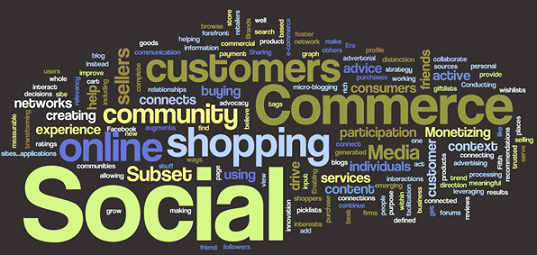The beginning
Informational technology has gone through a huge transformation in the last two decades. Websites went from static pages, to interactive experiences hence the conversion to web applications.
The transformation
Out of all the verticals the Internet has to offer, e-commerce has gone through the most profound transformation. For instance, some of the earliest incumbents of this market, eBay, allowed merchants for the first time to reach consumers online at scale. This was quintessential innovation at its best. That was just the beginning though. eBay then decided to start adding social context to merchant profiles, by allowing consumers to leave feedback. Then for years e-commerce evolution was pretty much stagnant.
Efficiency emerges
That’s when Google came along with a little product called Adsense. This changed everything for so many layers. Small businesses experienced the most profound impact. Google provided retailers with a huge platform to reach consumers based on search query relevance. Previously, physically based retailers were limited in options to reach their targeted prospective consumer base efficiently, while retaining the capacity to measure their campaign effectiveness that’s exactly what Adsense offered.
Social done right
Facebook comes to life. It brings the encompassing offline social experience, to online environment. Users willingly opt-in to place the personal info on the application in hopes of greater social discovery. Facebook then decides to start harnessing the latent power embedded in their massive data store. This was achieved by creating highly advanced algorithms to allow both online and offline retailers to target consumers like never before. This signaled the birth of social advertisements for better or worse.
Social commerce 2.0
When people starting realizing the potential social could have on e-commerce, a whole new array of companies emerged that tried to capitalize on this phenomena. Groupon allowed consumers to purchases products/services for a huge discount, sometimes as much as 90%, as long as the group reach the predefined amount of prospective purchasers needed. They added other social hooks, like allowing end-users to embed these deals on the virtual social profiles and such. There are lots of other like-minded companies trying to crack the same problem.
Next…?
We as web users are living through a time filled with pure magic- the age of social commerce. Since this is still a relatively new wave, we still don’t know how social commerce will eventually function. Rest assured that companies like eBay, Amazon, Google, FaceBook, Twitter, and GroupOn will continue to shape this market. Who will out innovate the rest and rise to the top? Or will inverse occur, meaning a brand new company could emerge and become just as profound as eBay was in its earlier days. We the consumers, will ultimately decide this fate. Only time will tell.
By Alexander Brown (Working on stealth social commerce startup), @alexanderbrown




1 comment
Thanks for mentioning Xaxii. It launched little over 2 weeks ago and already has members from over 150 countries. if you are in fashion you would love it.
Comments are closed.